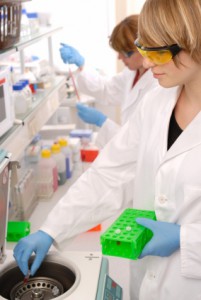Screen Media. Cell phones. Social media accounts. If you are a parent, you have probably discussed rules of engagement with your children about these things. All of our modern social media platforms are designed to keep us engaged with them by showing us the latest post, the next video or the people now online. Work emails give us notifications when something arrives in our Inbox. Business software platforms like Microsoft Teams send us notifications whenever someone comments in a conversation we have ever been part of. There are many siren signals pulling us toward our screens.

Enter COVID-19, the flu-like illness caused by the SARS-CoV-2 virus that has already claimed the lives of 210,000 people in the United States, and leaving countless others permanently affected by other long-term health consequences. Spread by aerosol, COVID-19 is most dangerous in places where lots of people congregate in a small area, particularly if they are talking to each other. Consequently, office buildings are empty as many of us work or go to school remotely.
Before COVID-19, if I had a day full of meetings at work, I was running from conference room to conference room, two miles, uphill, in the snow between buildings. Now, a day full of meetings means sitting in front of a computer monitor, trying to figure out how I will get any kind of break between calls. The average number of steps recorded by my pedometer has decreased markedly since March when our remote work started.
Technology has been an incredible blessing during this pandemic—allowing us to continue to work and stay connected with friends and family. Technology is the only way that some people can connect with loved ones in long-term care facilities. It allows students to continue learning through remote classrooms and chats.
But what has been the effect of the increased time spent on screens during this pandemic?
Continue reading “Screen Media in the Time of COVID-19: Should You Be Reading this Blog?”


